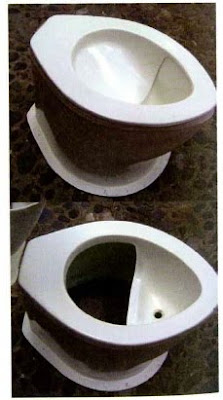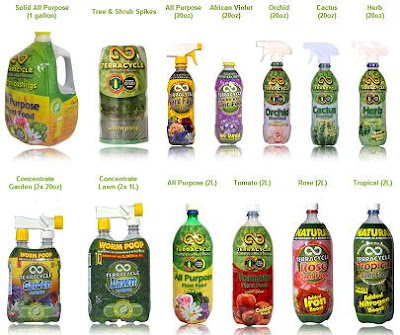
Developer: Stephan Augustin
Manufacturer: Wisser Verpackungen and Mage-Watermanagement, Germany
Funding: Hans Sauer Stiftung
Cost: $60-100
Design Like You Give a Damn: Architectural Responses to Humanitarian Crises, p.285
WorldChanging: A User’s Guide for the 21st Century, p.193
http://www.watercone.com
The Solar Watercone uses the sun’s heat to evaporate seawater, which then condenses on the inside of the cone. When the cone is flipped, the water can be poured out into a container. The Watercone can purify about 1.6 quarts of water per day (enough to meet a child’s daily needs), killing waterborne pathogens, removing particulates, chemicals, and heavy metals.
The Watercone is a conical, self-supporting and stackable Unit made from transparent, thermo-formable polycarbonate (same as water dispensers) outfitted with a screw cap spout at the tip and an inward circular collecting trough at the base. The polycarbonate Watercone is UV-resistant and can be used up to 5 years daily. The material is non-toxic, non-flammable and 100% recyclable. The black pan for the saltwater is already made out of 100% recycled PC.
The manufacturers of the Watercone argue that “many peripheral, de-centralized small units will ensure a better supply of freshwater than one central big generator. If the big one fails, there is no water generation for anyone. If a small one fails, the other ones still keep on working.”
5 reasons for the global distribution of the Watercone:
1. Much cheaper than bottled water. Average Price of 1 liter of bottled water in developing countries: $US 0.50. One liter of water from the Watercone costs just between two and five cents calculated over a lifetime.
2. Easy to use. As opposed to other types of solar stills which feature electronics, photo-voltaic cells, tubes, filters, many parts, etc. the Watercone concept is understood with absolutely no need for academic background.
3. Perfect for coastal dwellers. Hundreds of millions of people live in nearest proximity to water but cannot drink it or use it for agriculture, because it is saltwater.
4. Perfect for medical purposes. There are thousands of hospitals in developing countries, field and mobile hospitals, first aid and emergency medical units around the world that are located in sunny climates and lack condensed water. Outfitted with just a dozen Watercones, a little field hospital could harvest 15 liters of condensed water per day.
5. Creates jobs. Based in the vicinity of salt or brackish water and outfitted with a minor credit line, vendors could invest in a dozen Watercones and sell 15 liters of water a day and have their investment returned in no more than half a year.

Pour salty / brackish Water into pan. Then float the Watercone on top. The black pan absorbs the sunlight and heats up the water to support evaporation.

The evaporated Water condensates in the form of droplets on the inner wall of the cone. These droplets trickle down the inner wall into a circular trough at the inner base of the cone.

By unscrewing the cap at the tip of the cone and turning the cone upside down, one can empty the potable Water gathered in the trough directly into a drinking device.




































